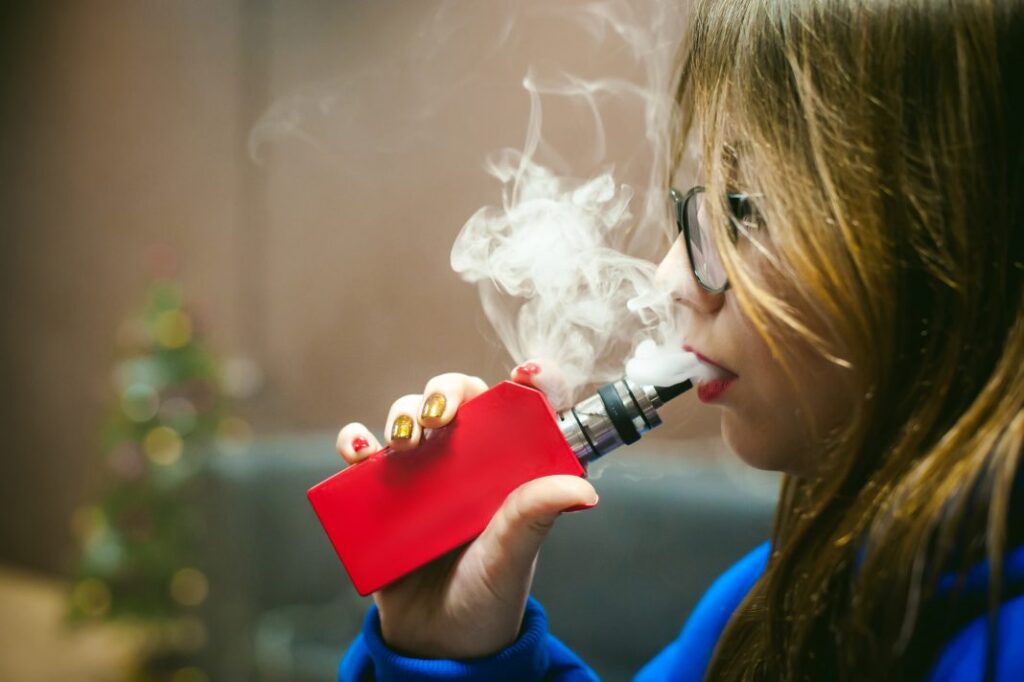Across the United States, schools are increasingly turning to sophisticated surveillance technology to curb the use of electronic cigarettes among students. This surveillance equipment, often installed without students’ knowledge, is a response to the growing concern over the use of e-cigarettes on school premises.
High-Tech Monitoring Solutions
Schools nationwide have invested substantial amounts, including federal COVID-19 emergency relief funds, to deploy monitoring technology aimed at detecting electronic cigarette usage. Costing over $1,000 each, these sensors are positioned in areas such as school bathrooms, where cameras and microphones are typically restricted. The technology is designed to identify the chemical changes in the air when vape smoke is exhaled, automatically alerting administrators to potential instances of vaping.
Pervasiveness of Vape Detection Systems
One notable example is the FlySense detection system, developed by Derek Peterson, CEO of Soter Technologies, on Long Island in 2017. Deployed in every state, across 35 countries, and sending over 100,000 notifications daily to administrators worldwide, FlySense is part of a broader trend in the use of technology to address behavioral issues among students.

Read more:
- Dangerous icy road conditions prompt extended closures for East Tennessee schools, including Knox County
- Racist label for voucher programs sparks controversy in education
- School Experts Unhappy with Hochul’s Budget Plan, According to Education Insider
- New NJ Law: Student Mental Health Monitoring Now Mandatory in NJ Schools.
Successful Implementation in Bellport Middle School
Bellport Middle School, located in New York, has experienced success with the implementation of the FlySense system. Dr. Jamal Colson, the school’s principal, notes a significant reduction in alerts after the system’s installation. Initially opting for suspensions as consequences for vaping, the school has shifted towards a counseling awareness program to educate students about the dangers of vaping and promote positive decision-making.
Parental Support and Shift to Education
Administrators at Bellport Middle School highlight the support received from parents who appreciate the proactive approach taken by the school. The focus has shifted from punitive measures to education, emphasizing the risks to students’ health. Assistant Principal Rosa Kalomiris emphasizes the importance of educating students about the dangers of vaping rather than focusing solely on punishment.
Challenges and Social Media Influence
Despite the technological advancements, challenges persist. Social media platforms showcase students sharing strategies to outsmart the sensors, from covering them in plastic wrap to blowing smoke into their clothes. Dr. Robyn Kreiner, a pediatric allergy and asthma specialist, suggests a link between social media influence and vaping behaviors among kids. She underscores the detrimental impact of vaping on brain development, emphasizing its potential effects on learning, mood, and impulse control.
Conclusion: Balancing Surveillance and Education
The use of vape detection technology in schools reflects a broader effort to address the rising concerns surrounding electronic cigarette usage among students. While technology provides a tool for monitoring and intervention, the success of such initiatives hinges on a balanced approach that includes education, awareness, and collaboration with parents to create a healthier and safer school environment.















+ There are no comments
Add yours